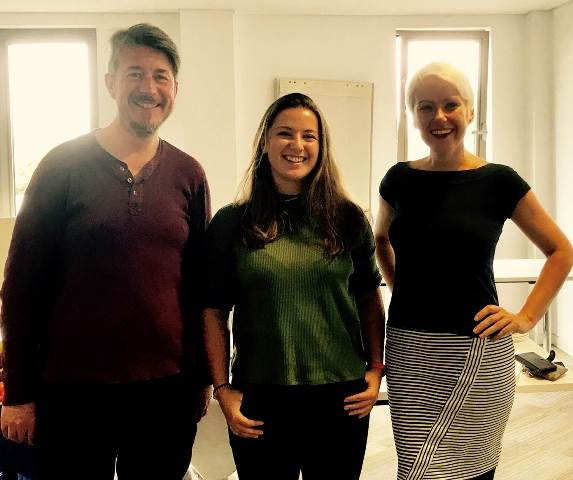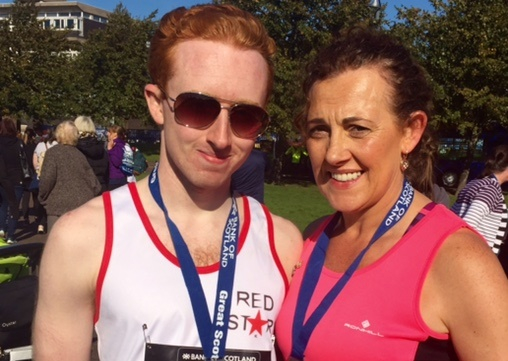Share Magazine Winter 2017
Letter from the Editor
Dr David R Simmons, School of Psychology, University of Glasgow
I write this editorial in my office during Fresher’s Week at the University of Glasgow. As I write, the gentle tapping on my laptop keyboard is accompanied by the deafening throbbing beats from an outdoor sound system, set up just across the road to entice new students to this year’s street food festival. Needless to say, this makes concentrating on what I am doing much more difficult.
This sort of noise is an example of what we call “sensory stress.” Most of us are bothered by such things: the flickering from a faulty fluorescent light, the hammering noises from a nearby building site, the stench of fresh paint from the decorators next door. However, for many people with autism these sensory stressors can be unbearable, and lead to panic attacks, “meltdowns” or simply make the draw of a nice quiet, dark bedroom that much more appealing.
When I first started doing research on autism 15 years ago, I was surprised at the lack of interest in sensory and perceptual aspects of autism, coming as I did from a background in basic research on visual perception. The neglect of this topic was all the more surprising given that most of the autistic individuals that I knew were affected by sensory stress, and/or other issues related to sensory or perceptual processing, in one way or another. Since 2002, there has been an explosion of research on this topic, culminating in the inclusion of sensory “reactivity” in the revised diagnostic guidelines of the American Psychiatric Association in 2013. There are numerous books and research papers, themed sessions at conferences and a number of research groups throughout the world focusing on precisely what is going on.
This edition of Share presents a range of views about sensory and perceptual aspects of autism. I am pleased that we have three first-person accounts from autistic individuals, along with parallel accounts from parents. The features and reports from research colleagues illustrate some of the work we are doing on how better to measure sensory stress, and how better to ameliorate sensory stress in different challenging environments like classrooms and airports.
Ultimately, all of these projects are works in progress: the future involves further research on how best to characterise sensory difficulties, especially in less verbal individuals; how best to help autistics cope with the sensory stressors that can’t be controlled; and how best to persuade the general public that sensory stress is a real issue, not just for autistics, but for a significant number of the population, meaning that all requests for environmental adjustments should be heard sympathetically.
For updates and news on this topic, follow me on Twitter: @DrDavidRSimmons
ISSN 2515-2335 (Online)









